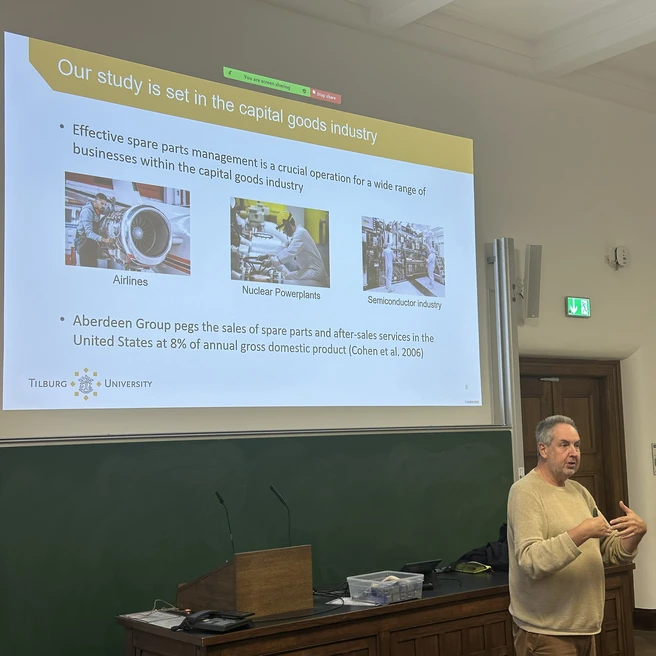We study augmented decision making when setting base stock levels in high-stakes spare parts inventory management. Such spare parts inventory management is characterized by many 0-1 decisions: the base stock level is either 0 or 1. We partner with an OEM where state-of-the-art inventory control algorithms have been deployed and observe that human decision makers deviate from the optimal solution by adjusting 24% of the base stock levels. We deploy a structural estimation model estimating the humans’ psychological cost for overage and underage and find that the psychological cost for underage is substantially higher than parameterized in the algorithms. Interestingly, we can show that such psychological cost for underage is particularly high in case the algorithm proposes to reduce the inventory from 1 to 0, like the well-known endowment effect. Leveraging our structural estimation, we run a counterfactual analysis and show that a Pareto-optimal alternative solution can be obtained that is more aligned with the humans’ perceptions of underage costs.
Joint work with: Joan Stip and Geert-Jan van Houtum
